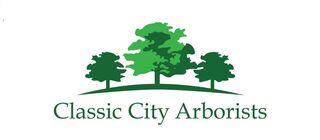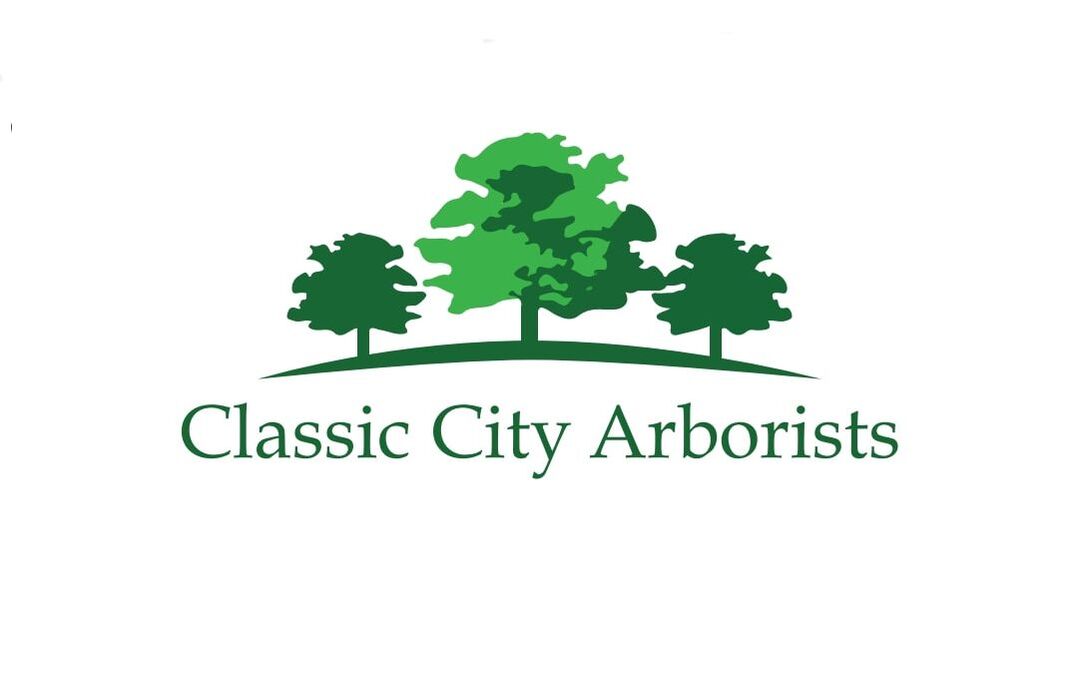|
News and Blog Articles
|
|
The eastern red cedar, scientifically known as juniperus virginiana, is a tall, conically-shaped evergreen that can be found on the North American continent, east of the Great Plains and all the way from Canada down to the Gulf of Mexico. Just like our last tree of the month, the willow oak, isn’t actually a willow tree, the eastern red cedar isn’t actually a cedar tree! It shares the look and some of the properties of cedars, but it belongs to the juniper family. You might have also heard it referred to as red cedar, eastern juniper, red juniper, Virginian juniper, and even aromatic cedar.
In some locations, the formidable competition they present to other surrounding flora has earned them the classification of invasive species, despite being native to the area. If you’re considering planting an eastern red cedar or two in your yard, make sure to keep this in mind; you don’t want your new trees to kill off your prized Japanese Maple or favorite azalea bushes! This grand tolerance for soil type and hardiness to environment isn’t necessarily a bad thing; eastern red cedars are considered a pioneer species, which means they are some of the first trees to return to eroded, cleared, or otherwise damaged land. It also means that, even if your yard isn’t suitable for growing more delicate plant species, it’s probably great for some eastern red cedars. These trees are often used as ornamental addition to landscapes, and take well to being trimmed to form certain shapes; if you’re feeling adventurous and want to try and make an elephant out of a tree, an eastern red cedar will do the job! When properly supplied with sunlight, nutrients, and space to grow, healthy eastern red cedars can grow anywhere from 12 to 24 inches every year. At full maturity, they can reach heights of 40 to 50 feet with foliage spreads of 8 to 20 feet in all directions. “Full maturity” for eastern red cedars is about 10 to 20 years of age, but don’t let that fool you; these old coots can live well over 900 years long, reaching heights recorded up to 90 feet. Make sure you plan for this kind of space and height when looking to plant, so you don’t end up with a tree growing through the eaves of your home! Across the United States, eastern red cedars are well known for their use as windbreakers, sound barriers, and privacy screens. Thanks to their deep, complex root system and dense foliage, they are extremely effective at disrupting air flow, muffling sound, and obstructing view, which is why you’ve probably seen them lining the edges of yards located close to roadways. In states such as Missouri, Oklahoma, and Arkansas, they are also used as Christmas trees. They are avoided and even removed in and around apple orchards, as they serve as an alternate host for cedar-apple rust, which is a form of fungal disease that plagues apple trees. Be sure to keep that in mind if you want to introduce an eastern red cedar anywhere near your fruit trees.
The scaly, evergreen leaves of the eastern red cedar are fragrant and colorful, ranging from greyish greens, bluish greens, and dark greens in the summer and greyish brown to black-brown in winter. Thanks to their year-round availability, these leaves provide nesting grounds and roost coverage for all kinds of bird species and small mammals. As they are dioecious, meaning male and female trees are separate, eastern red cedars will either grow small, berry-like fruits or conical, pollen-filled pods. Male trees will produce these pollen cones as early as late winter and shed all throughout spring, often irritating those with seasonal allergies. Female eastern red cedars produce the gray- or blueish-colored fruits that measure only a quarter of an inch in diameter; they are a diet staple for many of the same species that use the tree for shelter. In particular, the Cedar Waxwing bird loves them, and contributes significantly to the germination and dispersion of its namesake. Browser and grazer animal species will also eat both fallen and green twigs and foliage. All parts of the tree also have their place in herbal medicinal practices, but be careful; the leaves and berries have low levels of toxicity to humans. They won’t do any lasting damage to you or any kiddos running around, but they might upset little tummies. Even so, these trees make a great addition to your home’s landscape. Whether you’re looking for a physical barrier from some nosy neighbors, a hardy solution to damaged soil, or an ornamental adventure, the eastern red cedar is a stately, regal choice. AuthorEmily Casuccio is sister and sister-in-law to Rebekah and Scott Rushing, and has over half a decade of experience in copywriting, copyediting, proofreading, and developmental storyboarding. She's worked with both published and undiscovered authors on both fiction and nonfiction, and takes pride in supporting local businesses. Her passion lies in the written word and helping authors of all capacities realize their dreams and achieve their fullest potential. To learn more about her, read samples of her work, or contact her, visit her online portfolio.
0 Comments
Your comment will be posted after it is approved.
Leave a Reply. |
Categories
All
Archives
January 2023
|
|
23 Whatever you do, work at it with all your heart, as working for the Lord, not for human masters,
24 since you know that you will receive an inheritance from the Lord as a reward. It is the Lord Christ you are serving.
Colossians 3:23-24
24 since you know that you will receive an inheritance from the Lord as a reward. It is the Lord Christ you are serving.
Colossians 3:23-24

